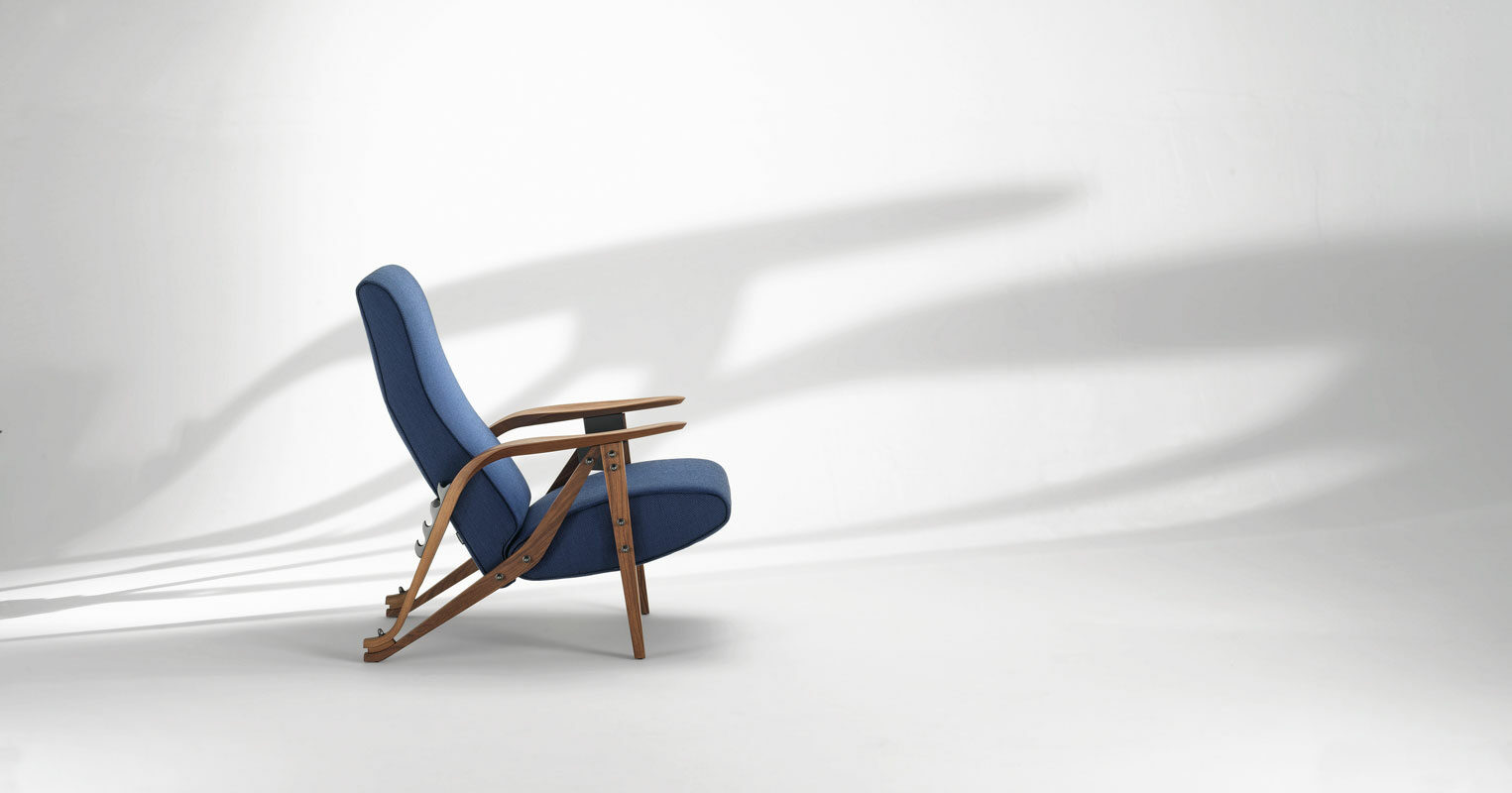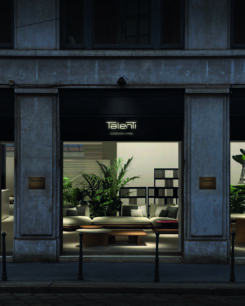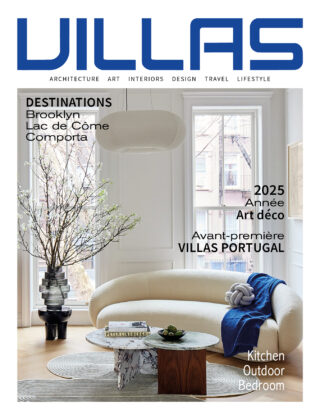Sommaire
Zanotta is one of the finest Italian design brands
“Zanotta is design”
Design is synonymous with Zanotta. Giuliano Mosconi, President and CEO of Zanotta and Tecno, which specialises in office furniture, is convinced of this and explains why. “Design must convey the meaning: it must have a soul and be capable of nurturing a relationship with the user. That is the only way drawings can be turned into timeless products whose usefulness never wanes over time.”
Reopening of the showroom in Milan and new designs
Today, the official Zanotta showroom is strategically located in Milan, housed in a historic building. The Casello Daziario, in Piazza XXV Aprile, dates back to 1826. A stone’s throw away from the luxury boutiques and designer shops, near the Brera Design District, this outlet is an attraction in its own right. It features a selection of Zanotta coffee and dining tables, sofas and chairs that have been released over the years, alongside the very latest new products.
The aerodynamic Rider rocking chair by the Italians Ludovica+Roberto Palomba and the futuristic Dan chair by French designer Patrick Norguet have joined the sophisticated and enthusiastic family of designers that this eternally vibrant brand strives to bring together in the pages of its catalogue.
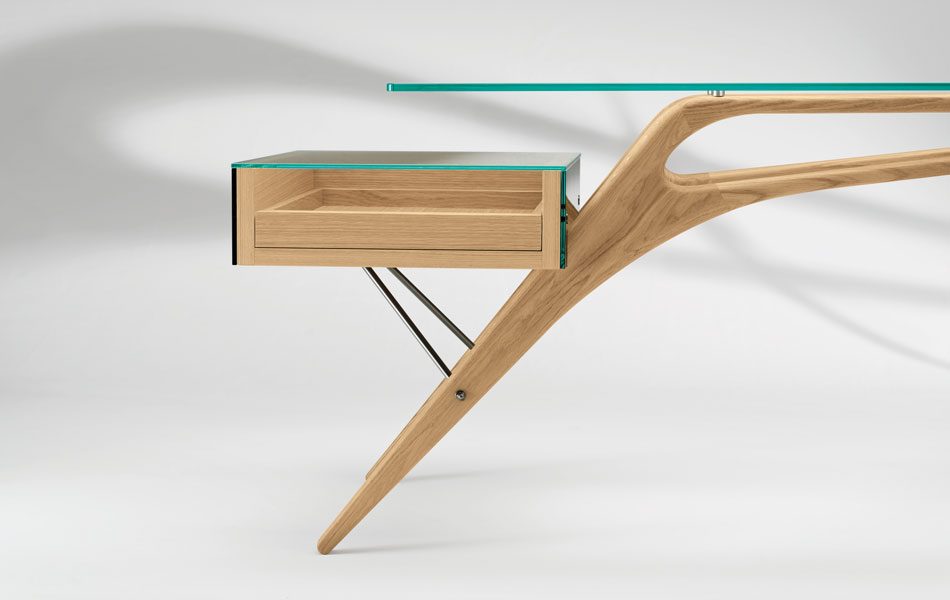
Zanotta | Cavour
Manufacturers, architects and designers: capturing the zeitgeist together
The beginnings of a great Italian company
Aurelio Zanotta founded his eponymous company with his typical flair in 1954 and set up his factory just outside Milan – Italy’s industrial capital. In the 1960s, the creativity of Italian designers and architects was boundless. Their creations helped put Zanotta at the forefront of the contemporary design industry in Italy and also took his reputation further afield.
The goal: to personalise the interior with visionary style
In 1967, Zanotta (“Zanotta Poltrona” at the time) brought out Blow. This inflatable armchair was designed by Jonathan De Pas, Donato D’Urbino and Paolo Lomazzi and drew gasps at the time. Defined by its pop colours, lightness and translucency it exuded modernity. This innovation reflected the spirit of renewal blowing through the factories. They had mastered polymeric materials with polyvinyl chloride, or PVC making it possible to experiment with shapes unimaginable until then.
Just like society, the object was also liberated. It was all about anti-design. The Quaderna table (1970) by the Superstudio collective was both radical and practical and is typical of this movement. Zanotta had it manufactured and it became a must-have. Intrinsically anti-modernist, the brand remains whimsical and demanding. Its style goes down well with both design enthusiasts and the more traditional.
The elegance and virtuosity associated with architect Carlo Mollino also set him apart from the modern world. He did not design for mass production but for projects such as the Polytechnic of Turin. In the 1980s, Zanotta worked with this renowned eccentric. Today, the brand’s “CM 2020 Collection” has taken his designs and brought them back to life, including the iconic Cavour desk (1949) and the Gilda armchair (1953), which is as iconoclastic as it is artisanal in its organic use of wood.
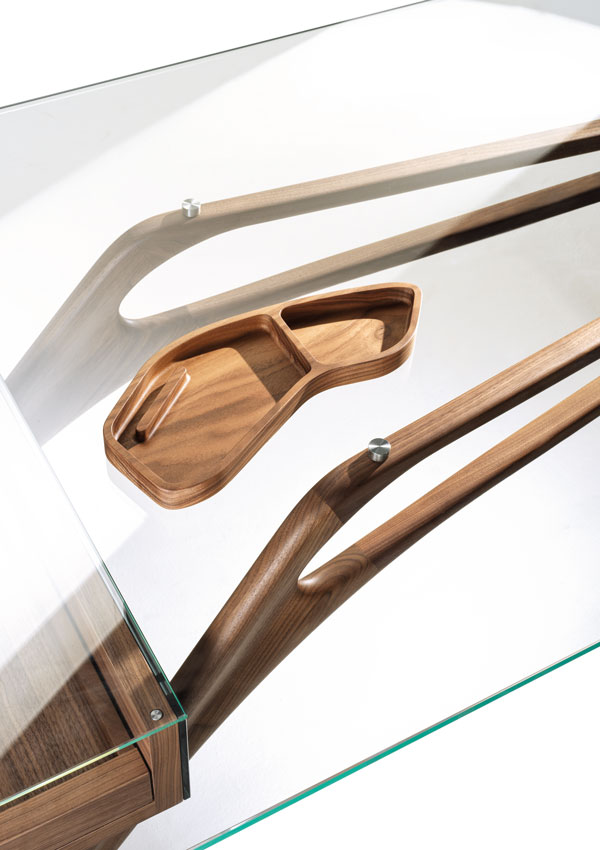
Zanotta | Cavour
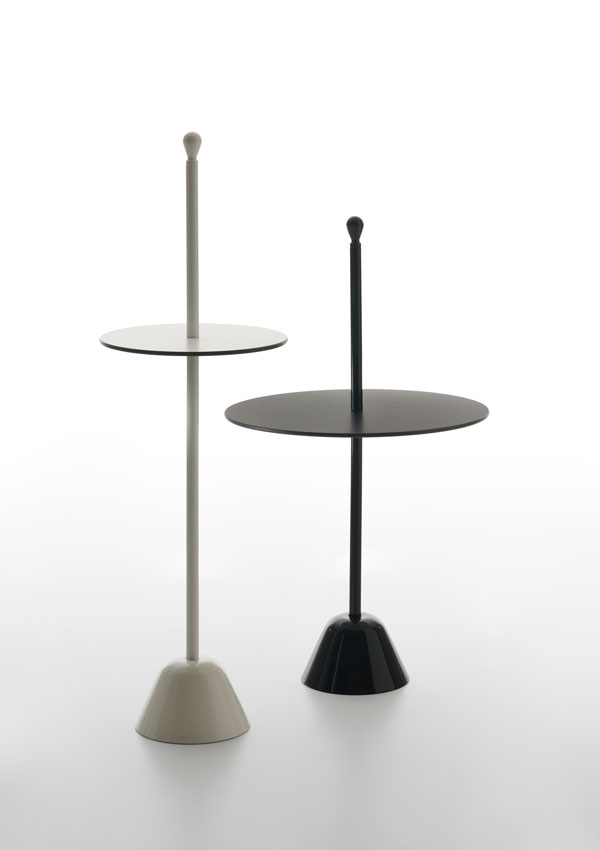
Miro Zagnoli | Servomuto
Zanotta furniture: symbols of cultural transformation
The most famous models of 20th century design
Sacco, by Piero Gatti, Cesare Paolini and Franco Teodoro, came out of nowhere in 1968 and took the design world by surprise. This “formless” armchair proved an immediate hit. Four years after it was first marketed by Zanotta, it was featured in “Italy: The New Domestic Landscape” at the Museum of Modern Art in New York.
This major exhibition put on at the MoMA was an anthology of the design of the time. It also showcased other creators who brought about a drastic evolution in the field of design. They were true inventors whose creations, tinged with mischief and poetry, defied the customs and traditions of their age. Their creations also grew into more than just furniture: they became cultural icons and continue to serve as a source of inspiration. Some of these works are still manufactured and distributed by Zanotta and its distributors around the world.
One of a kind and ready for tomorrow
Joe Colombo is one of the leading figures in 20th century design. His Poker table, designed in 1968, is still manufactured by Zanotta. Achille and Pier Giacomo Castiglioni designed a chair with a touch of irony that also earned its place in the museum: Mezzadro, unveiled at the Milan Triennale. The two brothers were inspired by the artistic concept of the ready-made to come up with this stool… This one hijacks the shape of a tractor saddle. Even today, the object never fails to astonish.
Since the 1970s, Sacco has been copied time and time again. So much so that it has gradually become the very definition of the ‘footstool’. In 2020, this strange chair was finally officially recognised as a piece of furniture that established a new way of sitting forever and the product was awarded the Compasso d’Oro. This is a major award that was launched by the master of Italian architecture Gio Ponti in the year Zanotta was born. Since 2020, Sacco has undergone a fundamental facelift, swapping its polluting polystyrene for bioplastic. It is now available in a version cladded by French designer Pierre Charpin in nylon fibre. This material is recycled and fully recyclable out of a concern to better respect and protect the planet.
